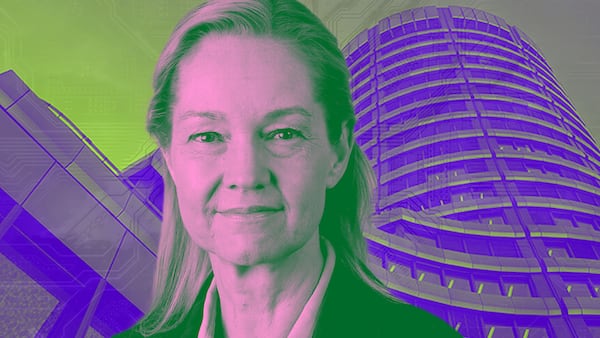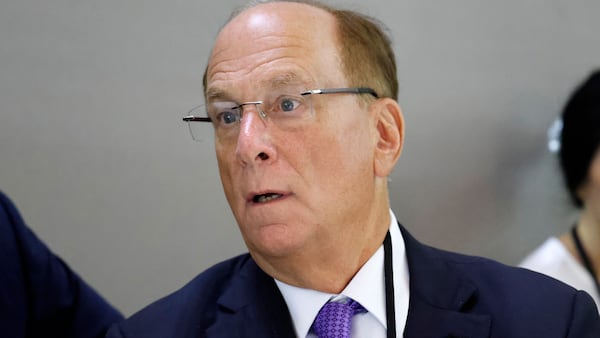- The EU’s DLT Pilot has had only four applicants one year after launch.
- National authorities responsible for applicants may not have enough resources to handle applications, an insider says.
- The sandbox doesn’t allow tokenised settlement, which may hinder uptake.
The European Union’s bet on a tokenisation “sandbox” for financial market players has tanked.
Since its launch in March 2023, the programme to test the use of distributed ledger technology, or DLT, has had only four applicants.
That’s according to an update from the European Markets and Securities Authority chair Verena Ross that was sent to the EU’s three legislative bodies on Wednesday.
Ross expects “around eight” more applications may still come in this year, and she asked the European Commission for help to boost participation.
“The novelty of this particular regime may explain its relatively slow uptake,” Ross wrote in the letter.
But experts close to the matter see different challenges.
Applicant trouble
Companies have shown interest in applying for the sandbox. But the national financial authorities responsible for the applications aren’t fully equipped to understand the complexity of business models, according to a source close to the matter.
Authorities “are coming back to applicants and inundating them with questions, which increases the time horizon and compliance costs for companies,” said the source, who asked to be granted anonymity to speak freely.
Government agencies across EU countries could lack resources to grasp the complex business models.
“This adds to the bureaucratic sunk costs,” the source said.
Nothing to report
ESMA, the EU’s financial markets regulator, said it didn’t give an update on the functioning of the DLT Pilot because “no DLT market infrastructures have been authorised yet.”
This comes in contrast to a wave of enthusiasm surrounding tokenisation, or the digital representation of financial instruments on a blockchain.
Financial institutions and government agencies are jumping on a trend that is estimated to be worth up to $14 trillion by 2030. Wall Street giant BlackRock’s tokenised fund on the Ethereum blockchain has swelled to more than $275 million in only a few weeks since launch.
A group of powerful central banks are joining to use tokenisation for cross-border payments in the ambitious Bank for International Settlements project that was announced this week.
Regulators, too, are keen to revamp market infrastructures with blockchain or other distributed technologies that eliminate the need for middlemen or central recordkeepers. The technology would allow the almost instant settlement of big, cross-border transactions.
Challenges
Settlement rails are one of the challenges ESMA did name in the letter. A digital euro backed by the eurozone’s central bank is still under construction, and the EU’s regulatory framework for crypto assets isn’t live yet either.
That means that there is a missing piece for the kind of cash that can be between a seller and a buyer of a security in the sandbox.
The DLT Pilot is therefore limited in tokenised settlement, which is the last leg needed to clear a transaction. An incomplete product may discourage applicants.
ESMA names more challenges in the letter. For example, the pilot also doesn’t clarify integrations for self-custody wallets, and how traditional market infrastructure would be able to operate alongside DLT-run ones.
Thresholds
ESMA was hoping to attract sizable applicants like market operators, trading venues, investment firms, and central securities depositories to experiment with tokenised financial instruments in a regulated environment which suspends existing market laws.
But the DLT Pilot has been criticised for its low thresholds. Market capitalisation for shares are limited at €500 million, and bonds are limited to an issuance size of €1 billion. The total market value of DLT transferable securities recorded is set to a maximum of €6 billion.
After the DLT Pilot runs its six-year course, it’s unclear whether the sandbox will be extended, terminated, or if a regulation on DLT market infrastructure will follow.
Regulatory sandboxes like the DL Pilot allow firms to test new technologies and products that aren’t compliant with regulations. The UK, the US, and Singapore are among jurisdictions running their own similar sandboxes.
The European Commission proposed its DLT Pilot in 2020 in a bundle of regulations on digital finance that included the landmark Markets in Crypto-Assets framework, or MiCA. MiCA will start going live gradually from the end of June.




